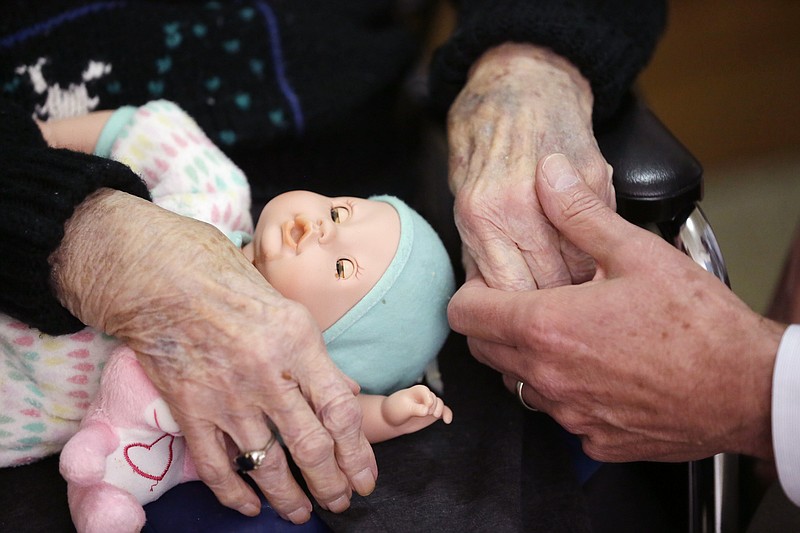I don't spend a lot of time thinking about death. I've always assumed our days are numbered and that God already has our checkout date on the books.
I've only witnessed one death: my mother's. She was in a nursing home with Alzheimer's, and my sister sweetly sang "Amazing Grace" to her as she took her last breath.
I once interviewed a man who had a near-death experience as a boy that sounded like a sci-fi movie. He recalled being whisked to the afterlife by an angel who was fighting off demons the whole way. He told me was turned away from heaven because of some unfinished family business on Earth. Frankly, it sounded scary, but it was one of my best-read columns of all time with tens of thousands of clicks.
Then, I read an article last week in The New York Times that has taken up residence in my head. The headline of the article read, "What Deathbed Visions Teach Us About Living."
In a nutshell, the article says that there is evidence that a large number of dying people experience end-of-life visions. This is more than a few anecdotes stitched together to make a pattern, the article claims.
The author of the piece is Phoebe Zerwick, a North Carolina journalist who teaches at Wake Forest University. She reports growing evidence that many — perhaps most — dying people have deathbed visions of deceased friends, relatives (even pets) that bring them a sense of peace in their final moments. In Zerwick's words, many believe visions "are real, provide comfort and even heal past trauma."
(READ MORE: Dying well in an age of denial)
Interestingly, most of these are not the "follow the light" spiritual visions that most of us have heard of. These reported visions are mainly "dead family members."
Zerwick's main source is Chris Kerr, a physician and researcher who has made documenting these "visions" part of his life's work. Kerr was part of a 2014 study suggesting that 88% of patients in one hospice campus reported at least one vision. The study has been expanded over time to include patients in home hospice care. In 2019, Kerr and fellow researchers published another study indicating that people who had end-of-life visions often said they were transformed (positively) by the experiences.
Zerwick's article reports that while physicians are often skeptical of the findings, many nurses validate prevalence of visions. If I had to take sides, I'd trust the nurses, who see dying patients multiple times a day, while doctors slip in an out less frequently.
How should the rest of us process this information?
Well, it seems that almost all patients who report visions are comforted by them, suggesting that they are a natural part of the bridge between life and death. It's almost as if spiritual guides appear to take the sting out of death.
(READ MORE: How to talk about death)
It makes me wonder if we unconsciously choose our guide. For me, it would be my mother, not because we were especially close but because she represents calm to me. She was also the most pure-hearted, self-sacrificing person I've ever known. If she appeared in a vision and offered me her hand, I could see it flushing away any fear stored in my mortal body.
I've always wondered if late-term, unborn babies sense (and fear) their impending birth. If they do, it makes maternal touch all the more important.
It's comforting to think that a parent, or friend, is on the other side waiting for each of us — helping us complete the circle of life in a glow of love, not a cloud of fear.
Contact Mark Kennedy a mkennedy@timesfreepress.com or 423-757-6645.
